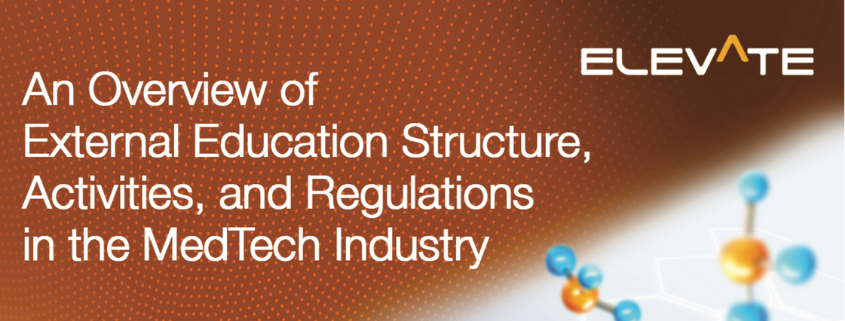10 Reasons Digital Strategies Fail & How to Help Them Succeed
10 reasons digital strategies fail plus ways you and your teams can navigate between the icebergs of these failures on the way to success.
10 reasons digital strategies fail plus ways you and your teams can navigate between the icebergs of these failures on the way to success.
The authors present planning, process, compliance, and copyright considerations for both author- and sponsor-led publication enhancers.
This article highlights a collaborative approach to content creation in which insights from MSLs were used to develop concepts for educational tools that were shared with key opinion leaders (KOLs).
As evidence generation becomes more advanced and integrated into Medical Affairs strategic plans, there is a greater need to maximize its impact by leveraging emerging digital technologies to communicate complex clinical and nonclinical data.
This article provides top-level framework and broad conceptual categories for understanding digital structures within Medical Affairs and biopharmaceutical/MedTech organizations, helping leaders to make organizational decisions to drive their digital strategy with intention and purpose.
Based on discussions between 80 cross-industry Field Medical colleagues from small to large biopharmaceutical and medtech companies, this article highlights key actions for Medical Affairs teams to consider for implementation in their own organizations.
In Q&A format, this article summarizes key learnings from a MAPS 2022 Global Annual Meeting panel presented by the Medical Strategy FAWG.

Medical technologies such as medical devices and diagnostics are set apart from pharmaceuticals in that successful deployment depends on not only equipping health care providers with the theoretical knowledge of best and safest use but also ensuring users’ practical competence. Simply, with medical technologies across the spectrum from noninvasive diagnostics to high-risk therapeutics, clinical outcomes and patient safety depend on both proper education and proper training. In fact, this training is often a gatekeeper for use, as governments, trade organizations, and even hospitals may require medical staff to be adequately trained before new medical devices can be used in their settings. External education and training of health care professionals is largely the responsibility of External Education teams within Medical Affairs. This article details the importance of the External Education function and describes best practices for the implementation of External Education related to medical diagnostics/devices within a manufacturer’s organization.
Digitalization offers Medical Affairs teams the opportunity to rethink strategy and actions across the lifecycle of traditional and nontraditional products.
There is growing interest globally in using real-world data (RWD) and real-world evidence (RWE) for applications including regulatory decisions, health technology assessment (HTA), pharmacovigilance and more. However, Asia currently lacks a framework to effectively collect and utilize a broad range of RWD/RWE.
602 Park Point Drive, Suite 225, Golden, CO 80401 – +1 303.495.2073
© 2024 Medical Affairs Professional Society (MAPS). All Rights Reserved Worldwide.
